With nature on our doorstep, it’s just a regular day when you spot a deer, moose, coyote or your neighbour’s chicken.
- To report dangerous wildlife encounters, call Report a Poacher at 1-800-642-3800.
- For a problem with an animal that’s not an emergency, call your nearest Alberta Fish and Wildlife office during regular business hours.
Sturgeon County has small animal traps available for rent as a humane method of removal.
Coyotes
Coyotes aren’t all bad! They help keep the rodent population at bay. Remember to be careful around coyotes (like any wild animal); don’t approach them and don’t feed them. They’ve already learnt to scavenge for food such as garbage, fruit and accessible pet food; all readily available in subdivisions and on acreages and farms.
What to do About a Problem Coyote
If coyotes are disrupting humans and pets contact Alberta Fish and Wildlife. They can assist if there is a sick or injured coyote that can’t move, a coyote that is behaving aggressively toward people, such as nipping or biting, or if you require additional advice for preventing or responding to coyote encounters. If coyotes are found to be disrupting livestock contact Sturgeon County Agriculture Services.
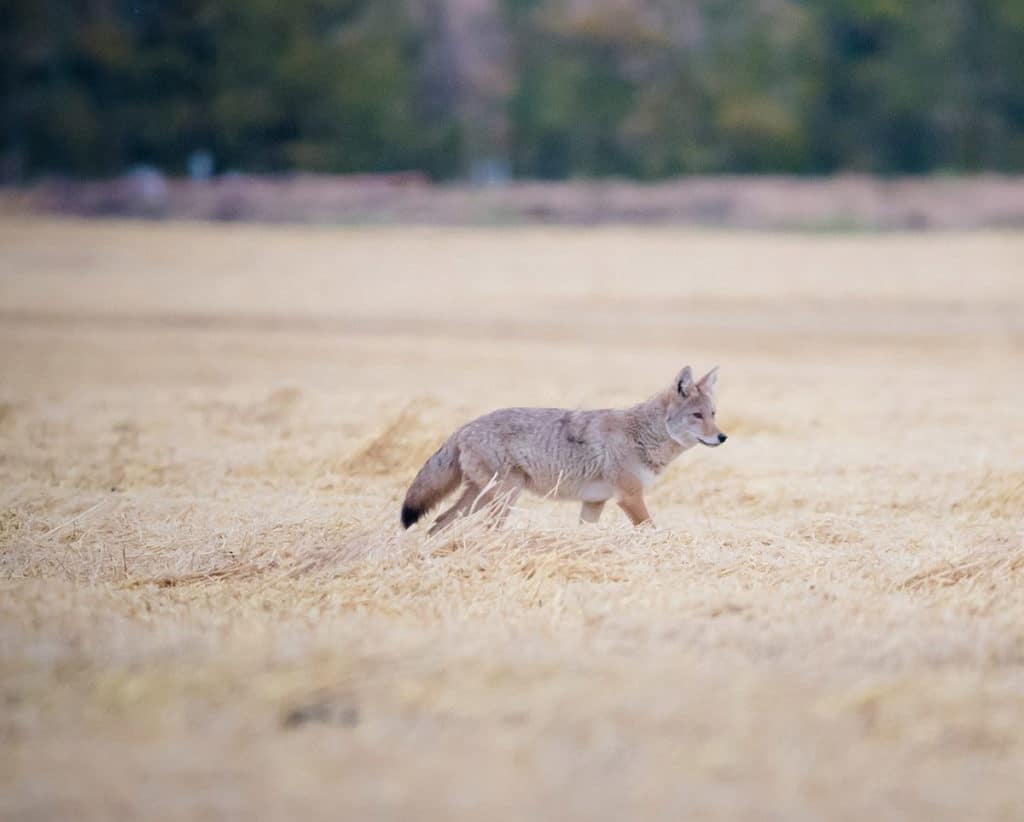
Mice
As mice populations can expand quickly, it is important to implement control measures immediately if you suspect an infestation. You can discourage mouse infestation and damage by keeping areas clean and free of debris. Keep grass short around buildings, and seal cracks and holes in foundations and walls with steel wool or wire mesh. Store pet food, birdseed, and other grains in sealed containers, and mothballs (naphthalene) can be used in confined spaces as an odour deterrent. Cats and dogs will prey on mice, and coyotes, foxes, weasels, hawks, owls, and snakes are natural predators of mice on larger holdings. Traps and toxicant products can be purchased at farm supply and hardware stores. Please follow label directions for proper use of these products
If you have an encounter with a rat, or you suspect a rat is present, contact your municipal Agricultural Fieldman, or call the Provincial Ag- Info Centre at 1-866-882-7677. You will be provided with assistance in the identification and control of rats.
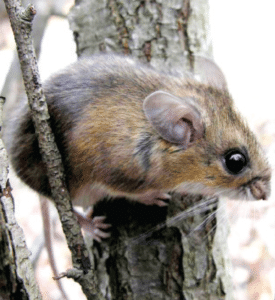
Pocket Gopher
The pocket gopher is commonly called a mole and can be a problem in canola crops, pastures, hay land and acreages throughout Alberta. They also eat garden crops and kill woody plants and shrubs by feeding on the roots. Pocket gopher numbers have been shown to increase as grazing intensity increases.
How to Recognize Their Presence
The most obvious clue that gophers have made a home on your property are the fan-shaped mounds and the actual entrance to the burrow is sealed. If there are legumes on your property these mounds will be more prevalent than in grasslands. One animal may make up to 50 mounds per year through its burrowing activity.
Control
In yards, gardens, small fields or along shelterbelts control can be achieved with trapping. Several types of traps are presently available; “Victor” easy-set gopher trap, “Guardian” gopher trap, “Convert” gopher trap and “Blackhole” gopher trap. Specific instructions on setting traps and placement of traps are provided with the individual trap.
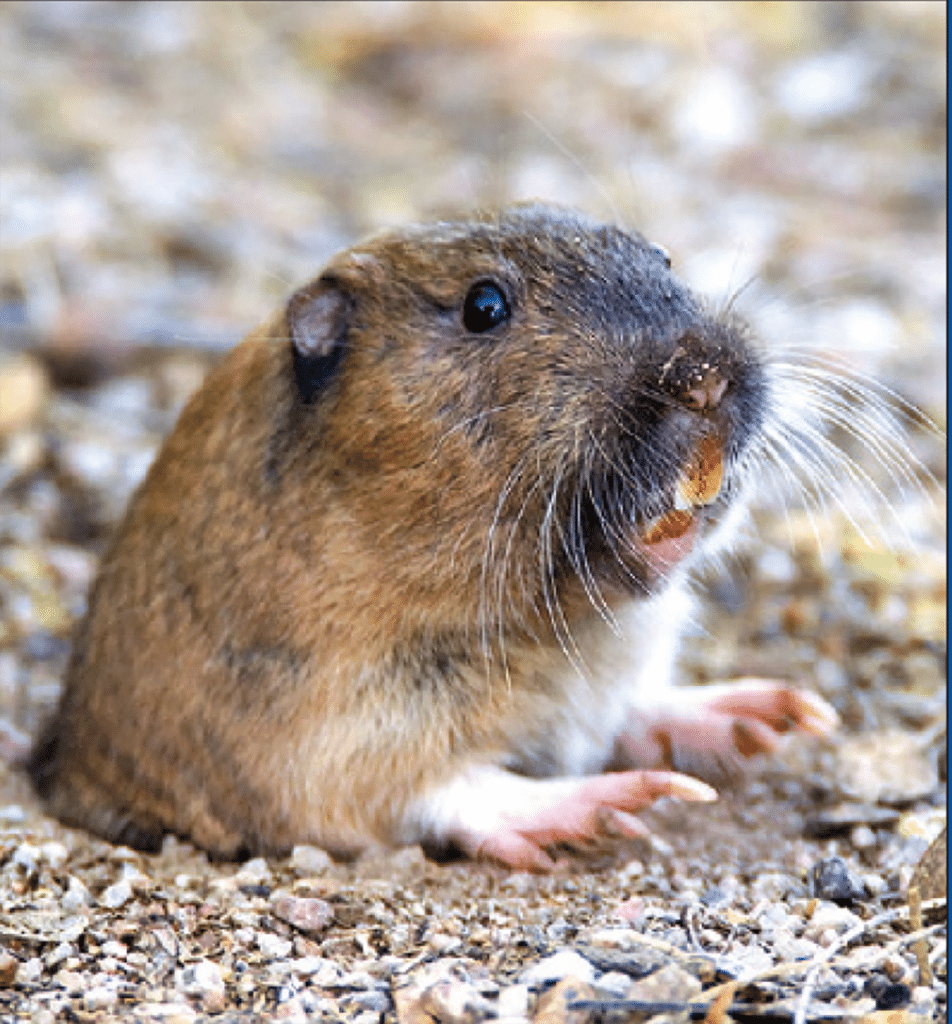
Bears
Black bears tend to be more tolerant of humans and often live near human settlements, but they prefer forested areas. Grizzlies tend to stay away from people and can range throughout the landscape. There have been sightings of bears in Sturgeon County.
Bears become used to human camps, garbage dumps, residential areas, ranches, and farms when they learn these locations can provide easy meals. Once a bear becomes familiar with an area that is also frequented by people, the chances of a bear-human encounter increase. Bears will attack to protect their young, a food source, or their space. Store your food, pet food, bird seed, compost, and garbage where bears can’t get to them.
Visit Alberta BearSmart to learn more bear safety information and how Alberta communities are reducing conflict between people and bears.
Skunks
Skunks adapt well to urban and rural areas, living under sidewalks, decks, buildings and brush piles, which greatly increases their chance of human contact, and the chance of people or pets being sprayed.
To avoid having a skunk move into your yard, keep it tidy and remove any brush and debris piles. Avoid feeding skunks by not leaving pet food or garbage out overnight, and remove fallen fruit from under trees.
Sturgeon County has skunk traps available for rent as a humane method of removal. Set the trap close to the skunk’s den or near the skunk’s normal line of travel.
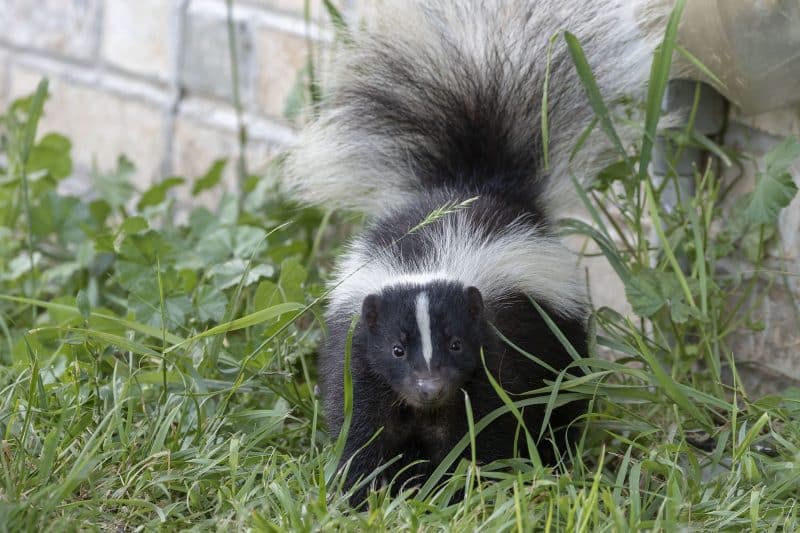
Squirrels
The red squirrel is an Alberta native that is very well adapted to living around humans. Houses, garages and sheds are safe, warm, and comfortable living spaces for squirrels. Removing and relocating squirrels is only sufficient if you repair or plug the areas where the squirrels were entering. Without doing this, it only provides room for a new tenant.
To keep squirrels from finding a new home in your yard, make sure food supplies are removed from your yard, like bird feeders. Close and cover garbage cans, and put fences up around gardens and individual plants.
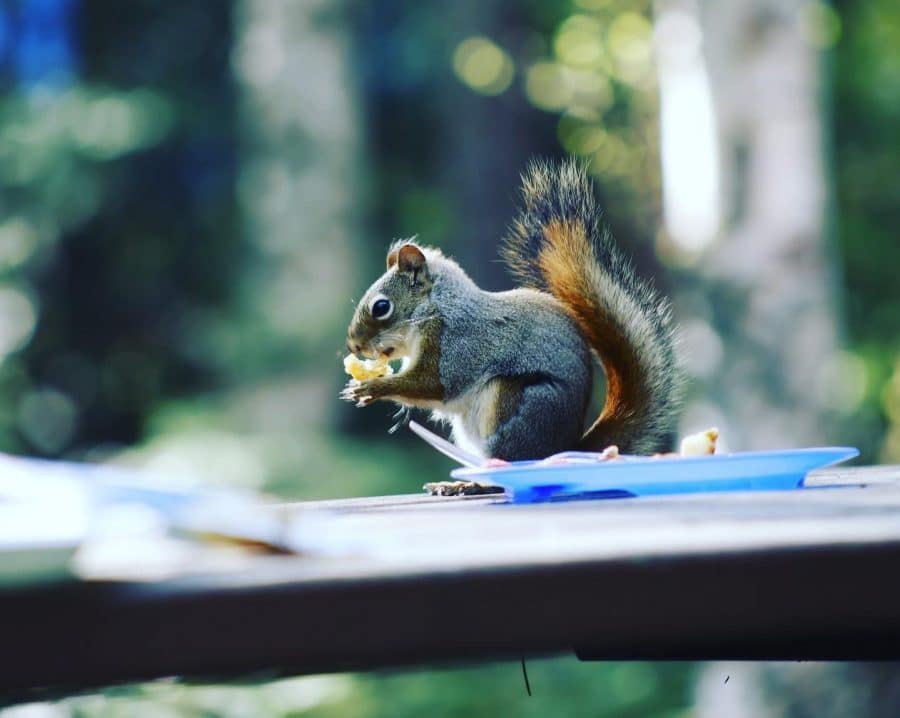
Raccoons
Raccoons are traditionally found in southeast Alberta. However, they are expanding their territory and are now popping up in Sturgeon County. They can adapt to whatever food source is available, but normally they eat fruits, nuts, berries, insects, and foods that can be found near water: fish, birds, eggs, and frogs. When they are around humans, they will eat whatever we deliberately or unintentionally provide.
Nuisance
They can be a nuisance with the right conditions. If your garbage is poorly secured, they’ll leave a mess after getting inside the container, or they’ll eat vegetables from gardens and scatter whatever they don’t eat. If they’re trying to get into the attic or crawlspace of a house, they might rip at broken shingles, soffits, and fascia boards.
Diseases
Some raccoons in Alberta may be infected with raccoon roundworm, canine distemper, or leptospirosis. Stay away from areas where the raccoons relieve themselves. If you see unusual behaviour in a raccoon, notify the nearest Fish and Wildlife office.
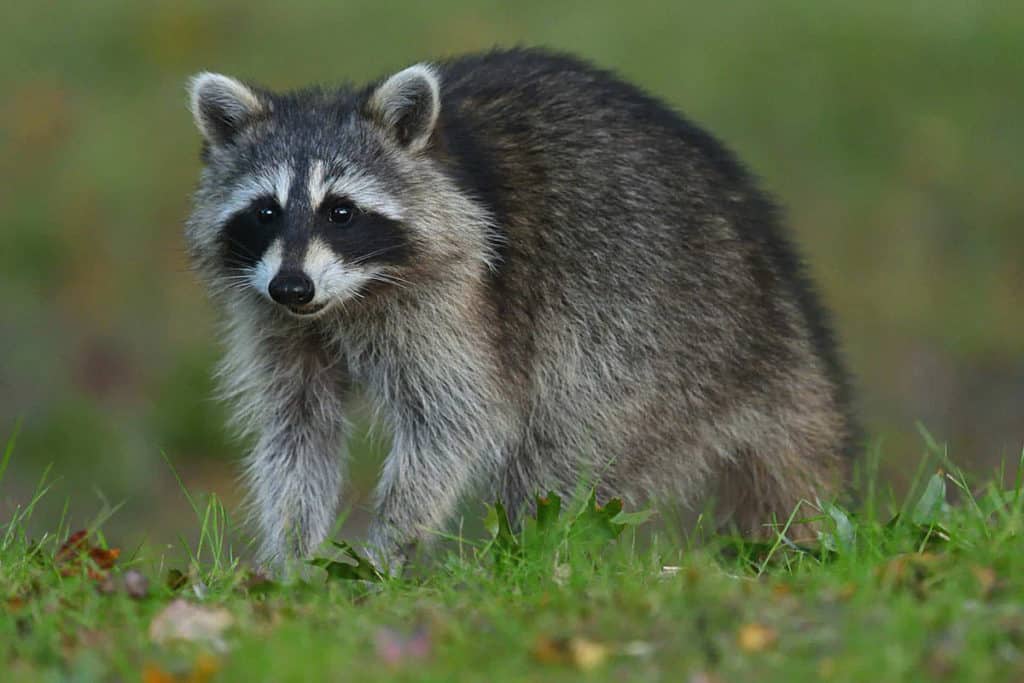
Prevent Wildlife on Your Property
Understanding animal behaviours and taking preventative steps can minimize negative interactions.
Here are few things you can do to deter wildlife and pests from your property:
- Don’t leave pet food or edible garbage out.
- Clean up after your pet. Pet feces is an attraction for pests and predators.
- Remove things that may attract them to your yard such as fallen apples or bird seed.
- Talk to your neighbours about following the same steps.
Learn more about living with wildlife.